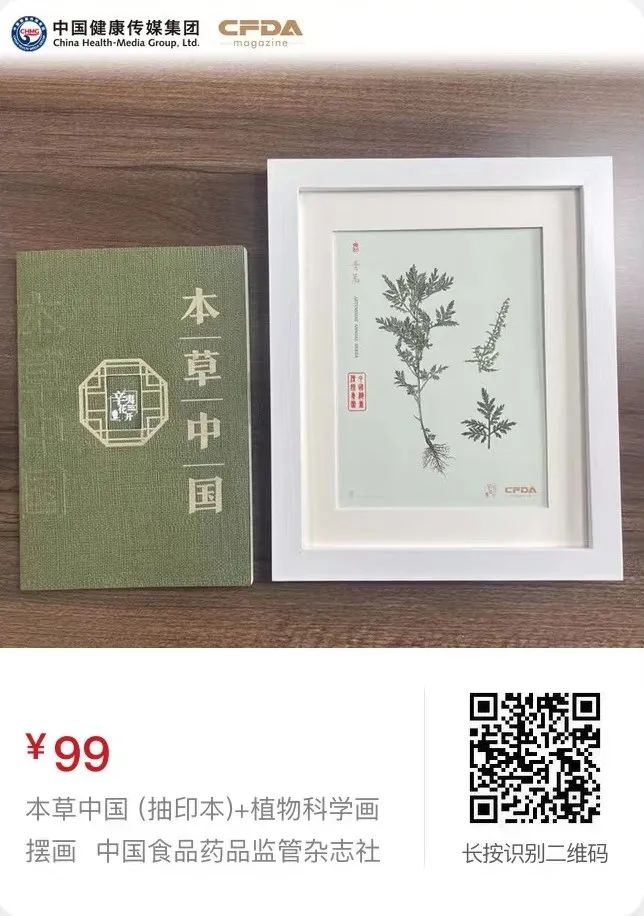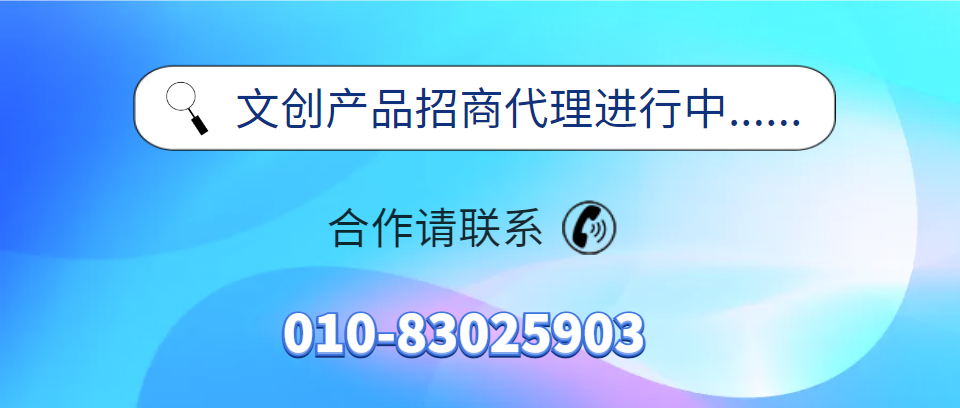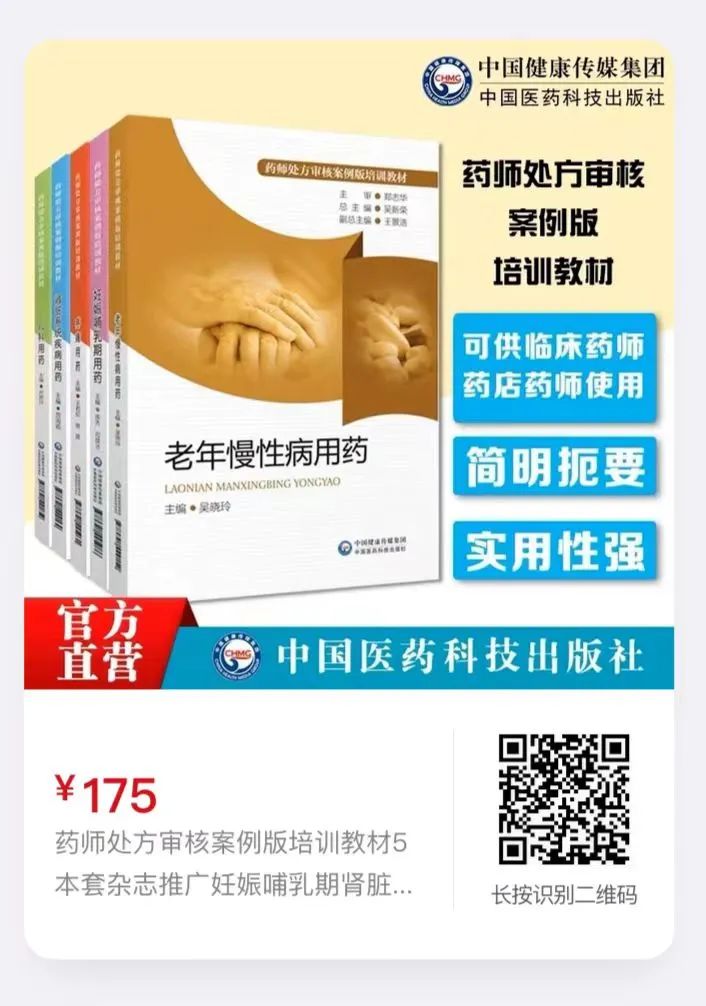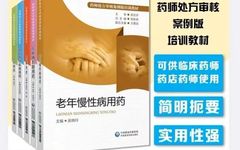The dosage form refers to the form in which raw medicinal materials are processed according to the properties of the medicine, the purpose of medication, and the route of administration, making it suitable for medical or preventive applications[1]. Commonly used forms of traditional Chinese medicine (TCM) include injections, tablets, pills, ointments, aerosols, and powders. Pills are one of the main traditional dosage forms of TCM, widely used from ancient times to the present. For example, the “Shennong Bencao Jing” (Shennong’s Classic of Materia Medica) states in Volume One: “Medicinal properties are suitable for pills”[2]. The modern preparation process of TCM pills is simple and effective, occupying a significant share of the marketed TCM formulations[3].
What are Pills?[1]
Pills refer to spherical or quasi-spherical dosage forms made from finely powdered medicinal materials or extracts combined with suitable excipients, primarily for oral administration.
Traditional pills act slowly and are often used for the treatment of chronic diseases, such as Liuwei Dihuang Wan (Six-Ingredient Rehmannia Pill), Guipi Wan (Spleen-Returning Pill), and Buzhong Yiqi Wan (Tonifying the Middle and Boosting Qi Pill); some pills can be used for emergencies, such as Compound Danshen Dripping Pills and Suhexiang Wan (Liquid Amber Pill); some pills help mitigate the toxic side effects of certain ingredients in the formula, such as Zhouche Wan (Zhouche Pill) and Jufang Zhibao Wan (Jufang Treasure Pill); others help slow the volatilization of certain components in the formula, such as Angong Niuhuang Wan (Angong Niuhuang Pill).
Advantages: Simple to prepare, stable in nature, and more convenient to use than decoctions.
Disadvantages: Difficult for children to take; dissolution time is hard to control; longer production process with a higher content of raw medicinal powder, making it susceptible to microbial contamination.
Preparation Methods:
1. Pan Preparation Method: This method involves alternating wetting and sprinkling the finely powdered medicinal materials with excipients in a suitable rotating container or machine, continuously rolling to gradually increase the size of the pills. It is mainly used for the preparation of water pills, water honey pills, paste pills, and concentrated pills.
2. Plastic Preparation Method: This method involves mixing finely powdered medicinal materials with suitable binders to form a soft and pliable mass, which is then shaped into strips, divided into granules, and rolled into pills. It is commonly used for honey pills, paste pills, wax pills, concentrated pills, and water honey pills.
3. Dripping Preparation Method: This method involves mixing and heating the extracts of medicinal materials with a matrix to form a solution or suspension, which is then dripped into a non-miscible cooling liquid, condensing into pills. It is used for the preparation of dripping pills.
Classification: According to different excipients, pills can be classified into water pills, honey pills, water honey pills, concentrated pills, paste pills, and wax pills.
Water Pills[1]
Water pills, also known as water pan pills, are made by using water or other excipients such as wine, vinegar, or medicinal juice as a binder for the finely powdered medicinal materials. They are generally suitable for releasing the exterior, clearing heat, and digestive agents, such as Zhike Dingchuan Wan (Cough-Relieving and Asthma-Soothing Pill), Xiangsha Yangwei Wan (Aromatic Sand Stomach Nourishing Pill), and Baohe Wan (Preserving Harmony Pill).
Characteristics: They dissolve easily after ingestion, are quickly absorbed, and show effects rapidly; they generally contain a higher actual drug content than other pills; they mask unpleasant odors of the medicine and prevent the loss of volatile components; the pills are small, easy to swallow, not prone to moisture absorption, and convenient for storage; however, the preparation process is relatively complicated and prone to contamination.
Preparation Method: Pan preparation method.
Honey Pills[1]
Honey pills are made by using processed honey as a binder for the finely powdered medicinal materials. Each pill weighing 0.5 grams (including 0.5 grams) or more is called a large honey pill, while those weighing less than 0.5 grams are called small honey pills.
Honey is rich in glucose, fructose, organic acids, vitamins, volatile oils, enzymes, and inorganic salts, providing nourishing, flavor-correcting, lung-soothing, bowel-moving, and detoxifying effects. Therefore, honey pills are often used as a dosage form for tonifying medicines in the treatment of chronic diseases. Clinically, they are commonly used for cough-relieving and phlegm-expelling medicines, such as Niuhuang Qingxin Wan (Bovine Gallbladder Heart-Soothing Pill), Liuwei Dihuang Wan (Six-Ingredient Rehmannia Pill), and Dahuo Luo Dan (Great Activating Pill).
Characteristics: They dissolve and release the drug slowly, providing a long-lasting effect; they enhance the stability of the medicine; they have strong nourishing effects; they are highly plastic; however, they require a large amount of honey, are prone to moisture absorption, and can mold and spoil. Due to the larger size of large honey pills and their less pleasant chewing experience, they can be rolled into smaller pills for easier swallowing with water.
Preparation Method: Plastic preparation method.
Water Honey Pills[1]
Water honey pills are made from finely powdered medicinal materials using processed honey and an appropriate amount of boiling water as a binder. Water honey pills have a lower honey content, weaker nourishing effects, and milder action, making them suitable for patients who need nourishment while controlling blood sugar levels, such as Dingkun Dan (Dingkun Pill), Baizi Yangxin Wan (Bai Zi Heart-Nourishing Pill), and Renshen Jianpi Wan (Ginseng Spleen-Strengthening Pill).
Characteristics: The pills are small and easy to swallow; the low honey content reduces costs and facilitates storage.
Preparation Method: Pan preparation method, plastic preparation method.
Concentrated Pills[1]
Concentrated pills are made from the clear paste or extract of medicinal materials or parts of medicinal materials combined with finely powdered medicinal materials or suitable excipients from the prescription. Depending on the excipients used, they can be further classified into concentrated honey pills, concentrated water pills, and concentrated water honey pills.
Characteristics: The volume of the medicinal materials or parts of medicinal materials is reduced after extraction and concentration, making them more convenient for taking, carrying, and storage; they are easier to preserve and less prone to mold; hygiene standards are easier to control; however, the efficacy of certain medicinal materials may be affected by the extraction and concentration process.
Preparation Method: Pan preparation method, plastic preparation method.
Tip:
The main difference between concentrated pills and the aforementioned types of pills is that the medicinal materials or parts of medicinal materials need to be extracted and concentrated, resulting in a lower total dosage compared to the other types of pills, while also dissolving relatively faster. Additionally, due to more processing steps, the price of concentrated pills is generally higher.
Dripping Pills[1]
Dripping pills are made by mixing and heating the extracts of medicinal materials with a matrix until melted, then dripping them into a non-miscible cooling liquid, where they condense into pills. Dripping pills are particularly suitable for liquid medicines and those with small or irritating volumes, helping to increase the stability of the medicine, reduce irritation, and mask unpleasant odors, such as Subing Dripping Pills, Sudden Heart Rescue Pills, and Compound Danshen Dripping Pills.
Characteristics: They act quickly and have high bioavailability; the production workshop is dust-free, which is beneficial for labor protection; the equipment is simple, operations are convenient, and production efficiency is high; the weight difference of the pills is small, and the content is relatively accurate; converting liquid medicines into solid dripping pills helps reduce gastric irritation and adverse reactions such as nausea and vomiting, for example, Yuxiang Oil Dripping Pills; they can be taken orally, used in cavities, or applied externally, providing long-lasting effects; each pill carries a small amount of medicine.
Preparation Method: Dripping preparation method.
How to Choose the Right Dosage Form
Although water pills, honey pills, water honey pills, concentrated pills, and dripping pills each have their own characteristics, they are consistent in terms of efficacy. The components and active ingredients of the medicines are generally the same.
When choosing, it is mainly based on the actual needs of the patient:
-
If the patient does not mind chewing and prefers the “original flavor,” it is recommended to choose large honey pills.
-
For those living in southern regions (high humidity) with specific storage requirements for medicines, it is recommended to choose water honey pills.
-
If the patient does not mind the price difference and wants convenience, it is recommended to choose concentrated pills.
-
For diabetic patients, it is recommended to choose concentrated pills or water honey pills to prevent fluctuations in blood sugar caused by honey in large honey pills.
[References]
[1] Yang Ming. Chinese Medicine Dosage Forms[M]. 5th ed. Beijing: China Traditional Chinese Medicine Publishing House, 2021.
[2] (Qing) Sun Xingyan, Sun Fengyi. Shennong Bencao Jing[M]. (Wei) Wu Pu, et al. 1st ed. Nanning: Guangxi Science and Technology Publishing House, 2016: 115, 158.
[3] Wu Sijun, Zhang Xiaoyang, Guo Shubo, et al. Research Progress on Production Process Control and Quality Characterization Technology of Chinese Medicine Pills[J]. Journal of Analysis and Testing, 2023, 42(8): 1012-1025.
Author of Yaquan Network
Pingfeng
Chief Pharmacist, Licensed Western Medicine Pharmacist, Licensed Traditional Chinese Medicine Pharmacist
Mainly engaged in pharmaceutical dispensing work, specializing in the differentiation and treatment of common diseases in TCM such as infections, hypertension, and hyperglycemia.
Yaquan Network Writer Team
Team Introduction:
In 2020, Yaquan Network organized a writing activity titled “Pharmacists, Rational Drug Use, Health Guardians” and collected outstanding writers from across the country, forming a team of physician and pharmacist writers. The professions include clinical, pharmacy, training, quality management, etc.; gathering interpreters of TCM industry policies, observers of grassroots health reform, and strong promoters of rational drug use; dedicated to sharing content on department management, pharmaceutical care, rational drug use, and pharmaceutical affairs management. More writers are welcome to join us! Yaquan Network, a circle for medical professionals!




